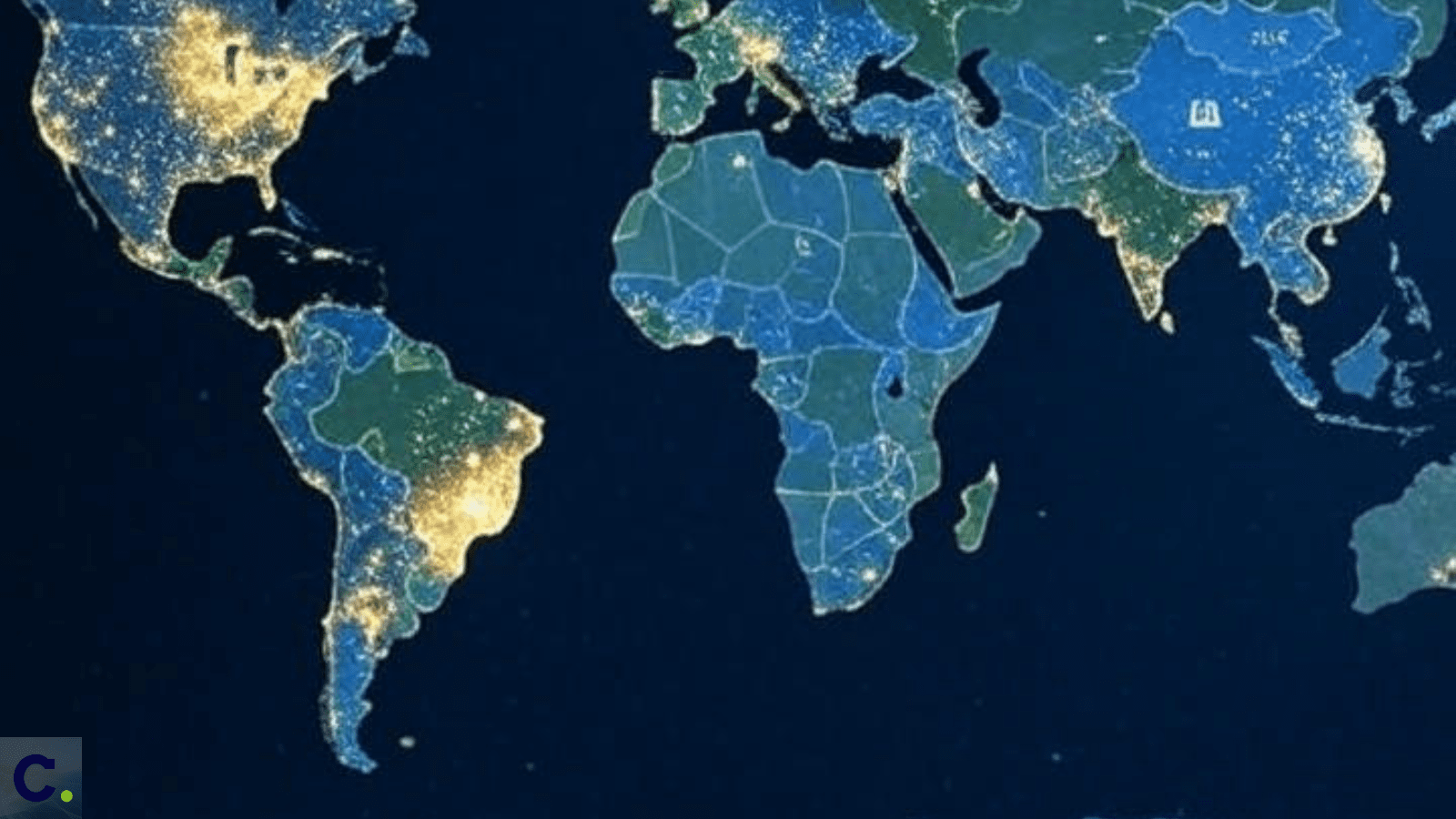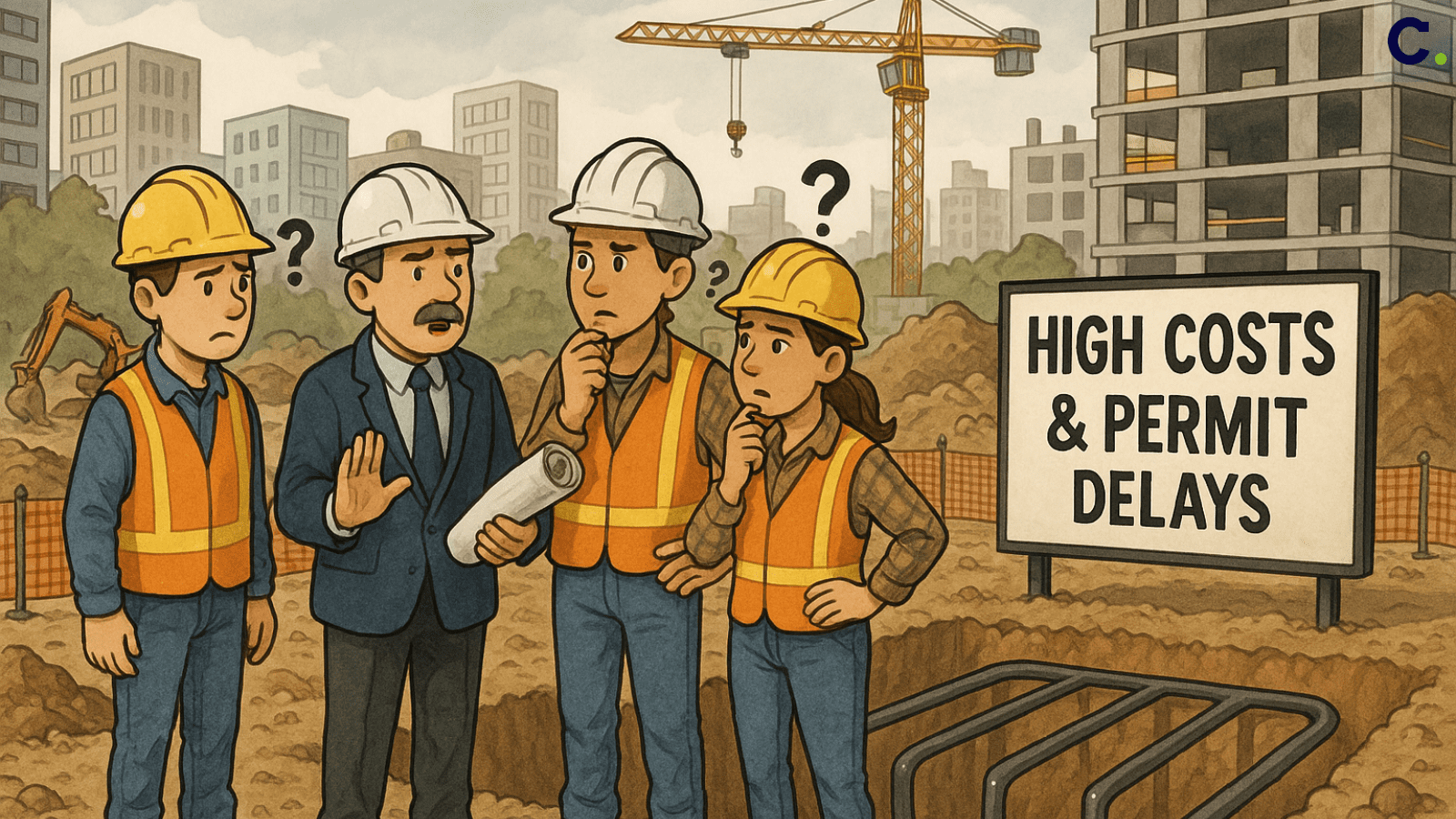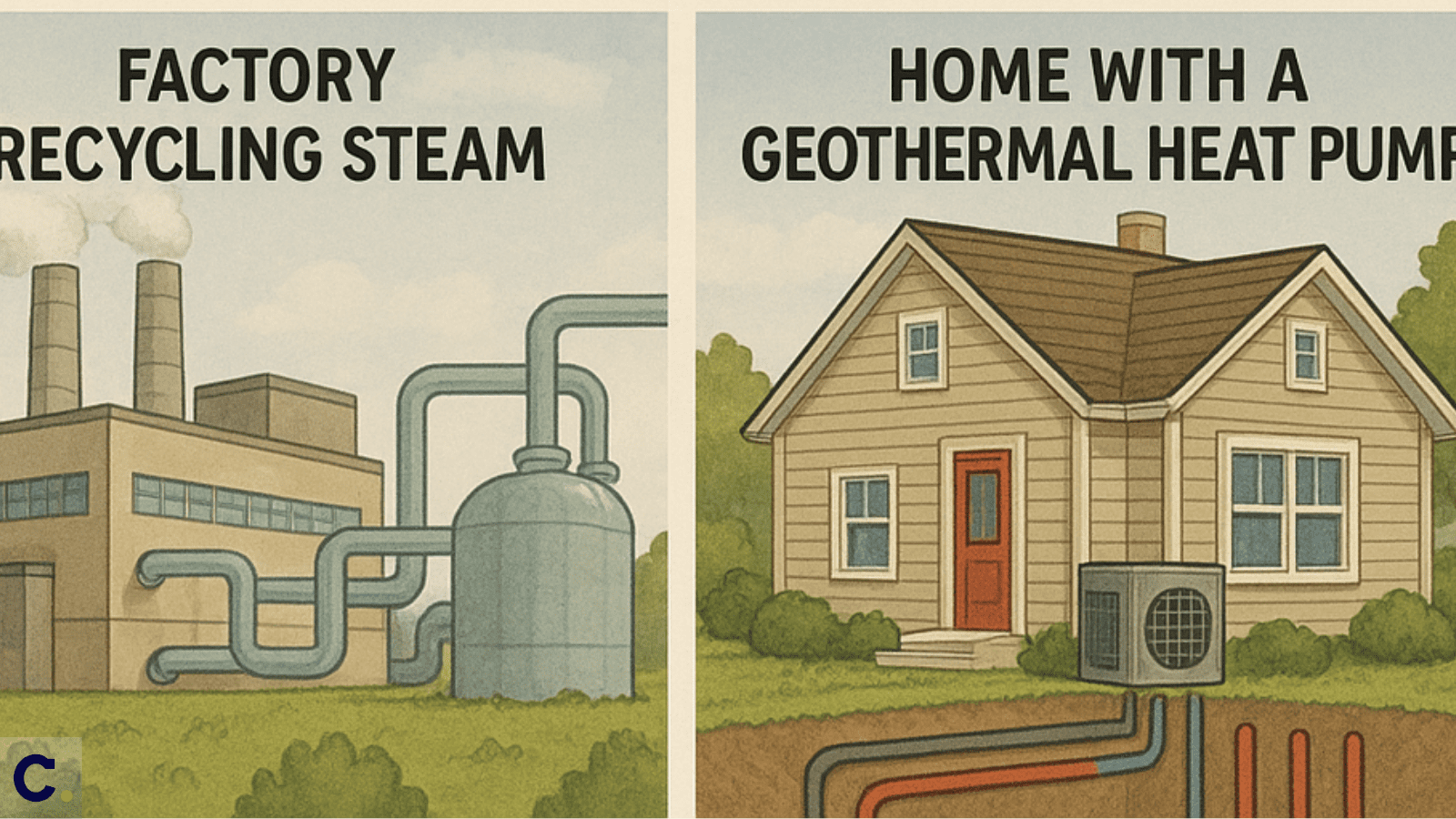🌱 Factories Waste Heat Every Day—Geothermal Energy Is Powering a Quiet Energy Uprising
Published on July 3, 2025 by Krishna Pathak

Why It Matters
Energy keeps the world running. But burning coal or oil harms our air and heats the planet. Geothermal and waste-heat recovery offer safer ways to power things. They don’t need fuel trucks or giant smoke-spewing chimneys. Geothermal energy taps into a source that is always there—heat from deep inside Earth. It works day and night, no matter the weather. Waste-heat recovery turns heat from factories, power plants, or engines into useful energy. Using these methods can lower electricity bills. It can also help cities become cleaner. When less fuel is burned, fewer harmful gases enter the sky. These clean systems are also quieter and last longer. That’s why people are paying more attention to them today.

Current Global Trends
Countries around the world are increasing their use of geothermal and waste-heat recovery systems. In Europe and parts of Asia, entire neighborhoods now use geothermal heating. Iceland is famous for using underground heat to power most of its buildings. Waste-heat recovery is growing fast in places with lots of factories. Industries like steel, glass, and cement are capturing heat that once went to waste. Many companies now add heat exchangers or steam turbines to reuse this energy. Large buildings, like hospitals and shopping malls, are also installing systems to trap waste heat from air conditioners or boilers. Some cities connect several buildings into one heat network to improve efficiency.

Breakthrough Technologies
New technology is making geothermal and waste-heat systems smarter and cheaper. For example, engineers have built enhanced geothermal systems. These use special drilling to unlock hot rocks deeper underground. Another new tool is the organic Rankine cycle. It can turn even low-temperature waste heat into electricity. This cycle works well in factories and remote places. Smart sensors now help monitor heat levels and system performance. These sensors save energy and reduce repair costs. Software can also predict when and where heat will be available. Some cities use underground pipes to carry geothermal heat to multiple buildings. These “district heating” systems cut down fuel use and emissions.

Top Companies Leading Innovation
Many companies are leading the way in using Earth’s heat or recovering waste energy. Some firms focus on drilling and tapping geothermal wells. Others build systems that recover heat from engines or factories. Some top players make compact units for homes and schools. Others build large power stations using geothermal sources. There are even startups developing mobile waste-heat systems for trucks and ships. These companies design systems to fit different needs—from a small bakery to a huge steel plant. Many also offer software that tracks savings and shows how much energy is reused.

Challenges Faced
Even though the technology works well, challenges remain. Geothermal systems need deep drilling, which can be expensive. Some areas don’t have easy access to underground heat. In cities, it’s sometimes hard to install pipes or systems under streets and buildings. Also, people may not know much about geothermal or waste-heat recovery, so adoption is slow. Waste-heat recovery systems need custom designs. One factory may release heat as steam, another as warm air. That makes it tricky to create one-size-fits-all tools. In some places, strict building rules and permits slow down new projects. And because fossil fuels are still cheap in many regions, clean heat is not always the first choice.

Government Policies or Incentives
Governments in many countries are encouraging clean energy projects. They offer tax breaks or grants for geothermal heating systems. In some regions, utility companies give money back if you install a heat recovery unit. Cities are setting clean energy targets. As part of that plan, they promote district heating and geothermal energy. Some nations have added waste-heat recovery to their energy-saving rules for factories. Several countries have made heat mapping a part of their energy strategy. This helps locate the best spots for installing systems. Governments also fund research labs to test new ways to use heat efficiently. These steps help lower costs for companies and households. They also push more people to adopt greener technology.

Real-World Applications
Geothermal and waste-heat systems are now used in many places. In colder countries, homes and schools use geothermal heat pumps. These pumps take warmth from shallow ground and bring it indoors. Some airports and malls reuse heat from air conditioners to warm water. Large hotels recover waste heat from laundry systems or kitchens. Breweries often reuse hot steam from brewing tanks to heat water. Power stations send waste steam through pipes to nearby buildings. Factories capture warm air from machines and use it to dry products. In some hospitals, waste heat warms patient rooms. Some farms even use geothermal warmth to grow vegetables in greenhouses during winter.

Future Outlook
Geothermal and waste-heat recovery will likely play a bigger role in energy systems. As countries push for lower emissions, these clean options offer real solutions. Engineers are finding more ways to capture heat from unlikely sources. More cities are expected to connect homes and businesses to shared heating networks. Companies are designing smaller, smarter systems for everyday buildings. As awareness grows, more schools, shops, and hospitals may choose to install these systems. With ongoing support, these technologies may soon become common in our daily lives.

Conclusion & What Lies Ahead
Geothermal and waste-heat recovery offer smart ways to save energy. They reduce pollution, lower costs, and use resources that would otherwise go to waste. Real projects show that these systems work across many sectors—from homes to huge industries. With better tools and growing support, they are reaching more people every year. Many companies and governments now see the value of clean heat. As more systems are installed, the benefits will continue to grow. This shift may help build a cleaner, quieter, and more efficient world.
